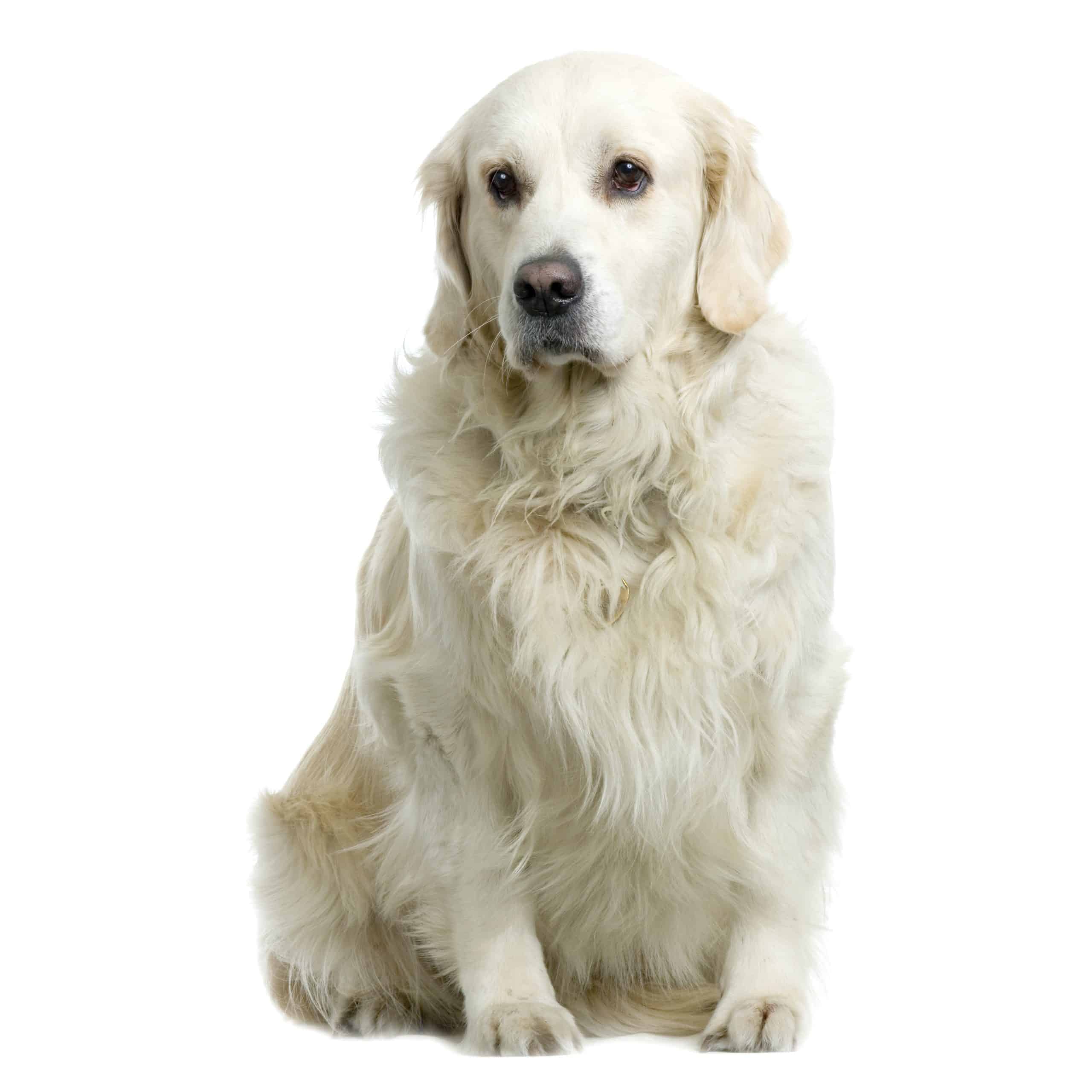As a dog lover, you understand that adopting a rescue dog is a rewarding yet challenging experience. You give these special creatures a second chance at life, providing a haven for them to live out the rest of their days. However, integrating a rescue dog into your home comes with its unique set of challenges. One such challenge: introducing your new furry family member to the concept of regular baths, an essential part of maintaining their health and hygiene. This article aims to provide comprehensive guidelines to help you successfully accustom your rescue dog to a bathing routine.
Understanding Your Rescue Dog’s Behavior
Before you can introduce any new routine to your rescue dog, you need to understand the potential behavioral issues that are likely to arise. Many rescue dogs have been through traumatic experiences which may cause them to react negatively towards certain situations. Bathing, for instance, might remind them of previous events, leading to fear, aggression, or panic.
Additional reading : How to Safely Trim the Claws of a Senior Cat with Mobility Issues?
To help your dog, you first need to understand the root of their behavior. Spend some time observing your dog’s reactions to various situations. This will give you insight into potential triggers and help you create a comfortable and safe environment for your furry friend.
Being patient and understanding with your dog is key. Dogs, like humans, also need time to adjust to new situations. This adjustment period may take some time, and their behavior might not change overnight, but with consistent effort and a lot of love, you will soon see progress.
Have you seen this : What Are the Ideal Enrichment Activities for a Border Terrier with High Energy Levels?
Establishing a Safe Space
Creating a safe and secure environment for your rescue dog is vital, especially when introducing them to potentially stressful situations like bathing. A dog crate can be an effective tool for creating such an environment. A crate can serve as your dog’s personal space where they can retreat to whenever they feel scared or overwhelmed. This will particularly come in handy during bath time.
However, make sure that the crate is not associated with punishment or isolation. The crate should be a positive place where your dog feels safe and secure. You can encourage this by making the crate comfortable with blankets and toys, and rewarding your dog with treats whenever they go to the crate willingly.
Gradual Introduction to Water
Introducing your dog to water and bathing should not be a sudden experience. Remember, many rescue dogs come from environments where they may not have had a positive or any exposure to water. You’ll need to ensure this process is as stress-free as possible to help your dog associate bath time with positive feelings.
Start by getting your dog familiar with the bathroom. Allow them to explore the space without forcing them into the tub. Let them sniff around, and reward them with treats or praises for their curiosity. This will help them associate the bathroom with positive experiences.
Next, introduce your dog to water gradually. Start with a damp cloth and gently wipe your dog, letting them get used to the feeling of being wet. Over time, you can increase the amount of water, eventually leading to a full bath.
Leash Training and Bath Time
Leash training can be an effective tool in helping manage your dog’s behavior during bath time. A leash provides you with control and ensures the safety of your dog during the bath. However, leash training should be done gradually and with a lot of positive reinforcement.
Start by letting your dog wear the leash around the house, praising them, and giving treats for cooperating. Once your dog is comfortable with the leash, you can use it during bath time to guide them and provide reassurance.
Making Bath Time Enjoyable
Finally, make bath time an enjoyable experience for your dog. Use warm water, as it is more comforting than cold water. Be gentle and speak in a soothing voice to calm your dog. You can also incorporate toys and treats to make the bath fun and rewarding.
Remember, your rescue dog may not immediately adapt to the routine of regular baths. It will take time, patience, and a lot of love. But rest assured that with the right approach and consistent effort, your rescue dog will eventually embrace bath time as a normal part of their life.
Overcoming Separation Anxiety During Bath Time
Rescue dogs often struggle with separation anxiety, which can make bath time particularly challenging. They may have been separated from previous owners or their canine companions, leading to fear and stress when left alone. Dealing with this requires patience and the use of strategies to reduce this anxiety.
It is essential to make your rescue dog feel loved and secure, both inside and outside the bathtub. Crate training can be an effective way to create a safe space for your pet. However, remember that the crate should never be used as a form of punishment. Instead, it should serve as a comforting space where they can retreat when feeling overwhelmed.
Additionally, you can use a dog leash during bath time to provide reassurance. With this, the dog will feel your presence and control, significantly reducing their separation anxiety. To make this effective, use a lot of positive reinforcement. Reward your dog for good behavior with treats and praises. This will help them associate the leash and the bath with pleasant experiences, easing their anxiety over time.
Engaging in regular training sessions will also help your dog overcome separation anxiety. The more your rescue dog trusts you, the easier it will be for them to handle bath time. Regular practice of obedience commands, agility training, or even simple walks in the park can greatly improve your dog’s behavior and help them feel more secure.
Conclusion: Creating a Regular Bathing Routine for Your Rescue Dog
Introducing your newly adopted rescue dog to a routine of regular baths can be a challenge, but with patience, understanding, and consistency, it’s entirely possible. Remember, rescue dogs may have had traumatic experiences in their past that could affect their behavior. Therefore, it is crucial to establish trust and make the experience as positive as possible.
Start by understanding your dog’s behavior and creating a safe space for them with the help of crate training. Gradually introduce them to water and the concept of bathing, ensuring they feel secure and comfortable throughout the process. The use of leash training and making bath time enjoyable will also play significant roles in this process.
Dealing with separation anxiety is another essential aspect to consider. Provide comfort, utilize the dog crate and leash effectively, and engage in regular training sessions to help your dog overcome this issue.
With time, your rescue dog will learn to associate bath time with positive experiences, leading to a more relaxed and healthier pet. Remember, each dog is unique, and what works for one may not necessarily work for another. Hence, it is essential to tailor your approach based on your dog’s needs and reactions.
In the end, the reward of seeing your rescue dog grow, adapt, and overcome their fears will be worth the effort. Not only will you have a clean, well-groomed dog, but also a companion who trusts and loves you unconditionally.











